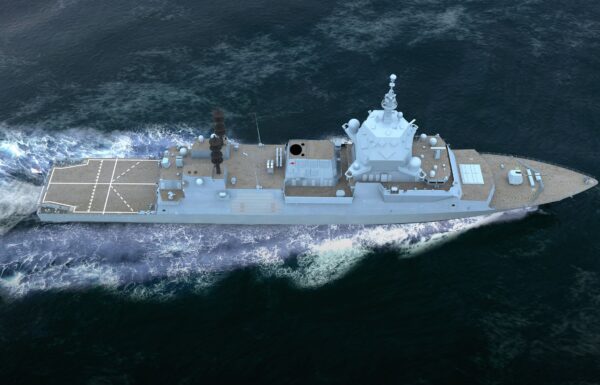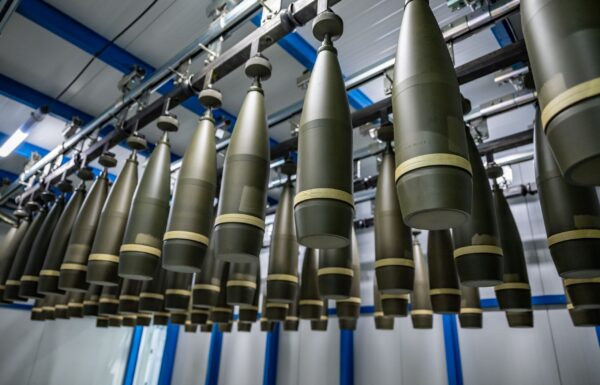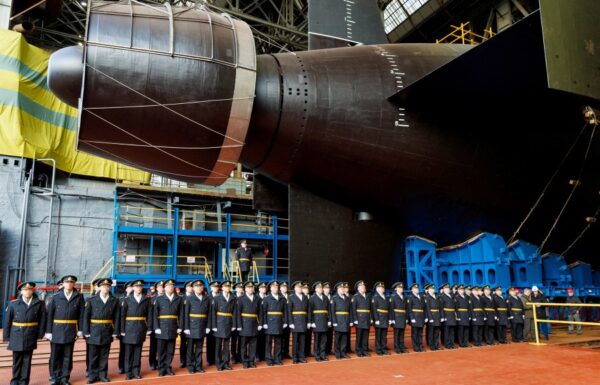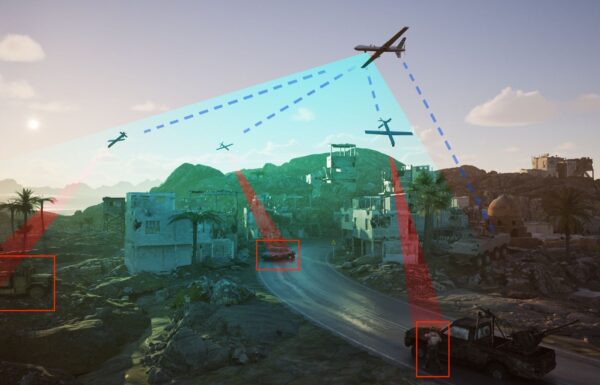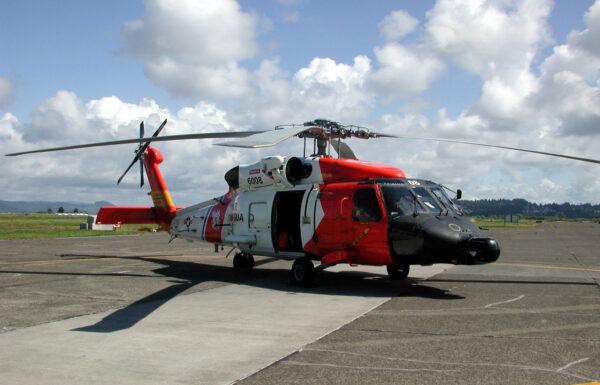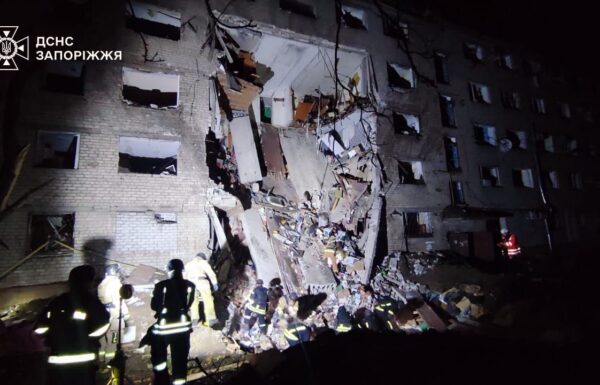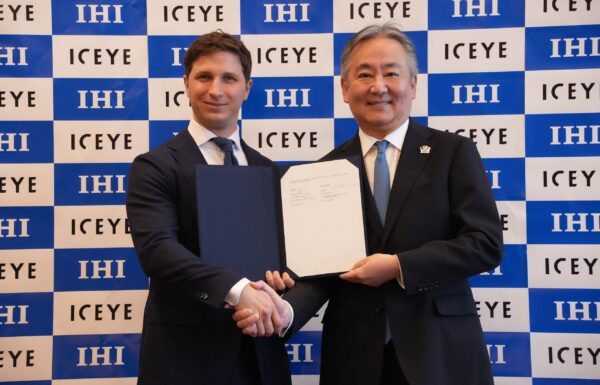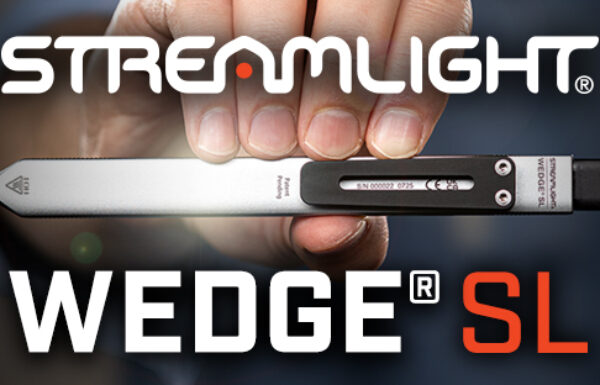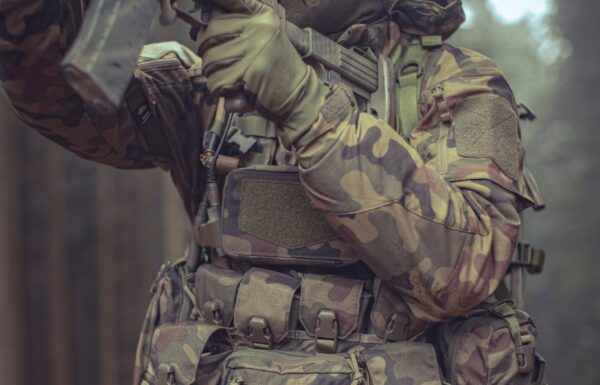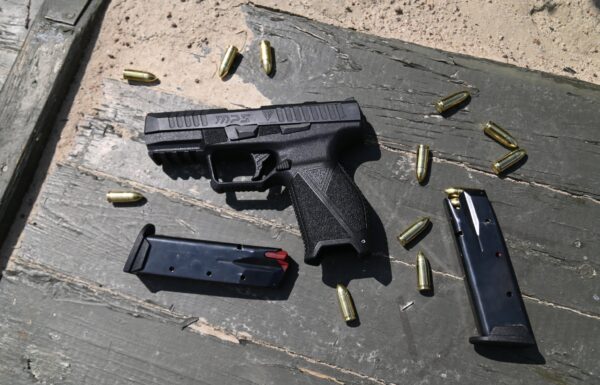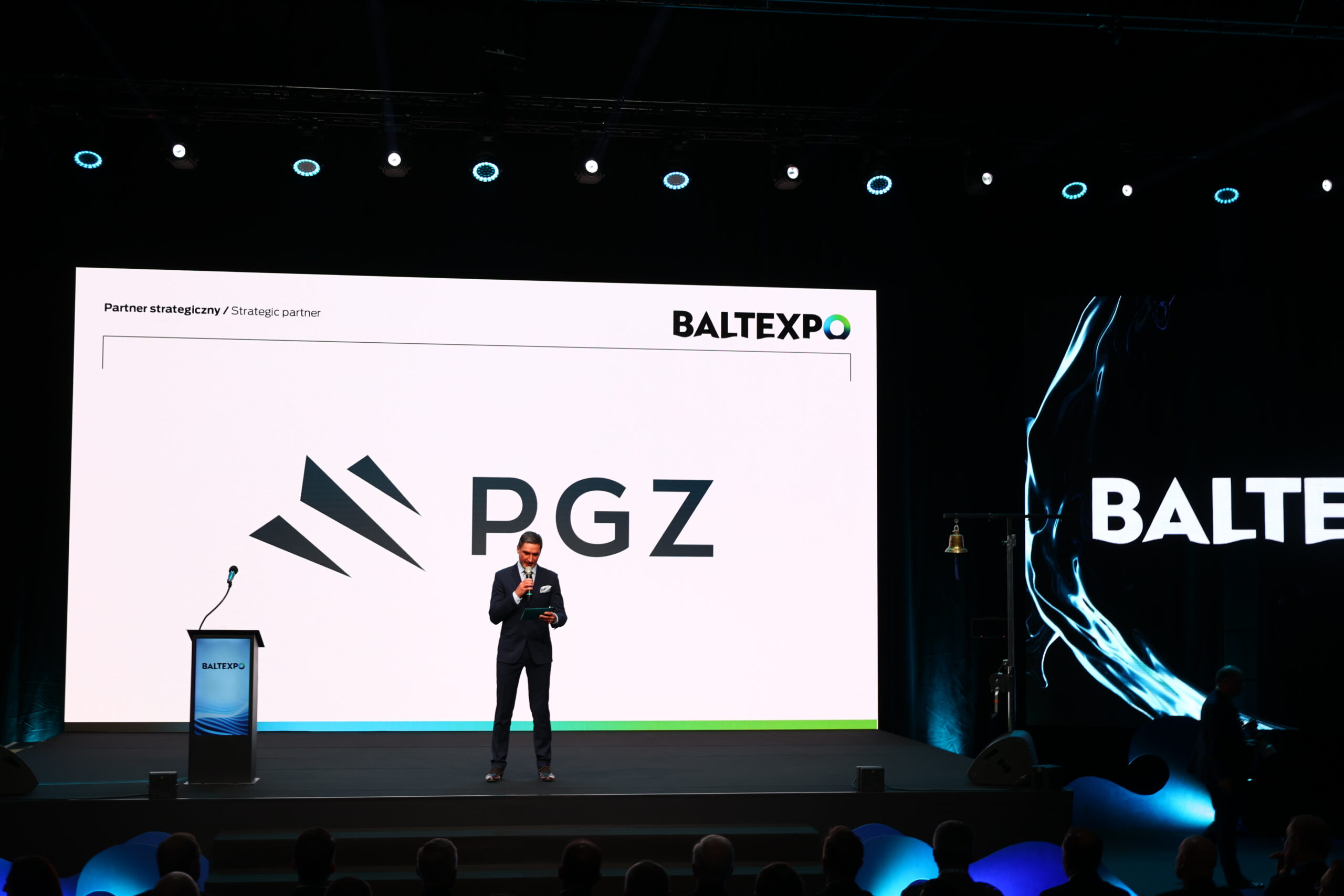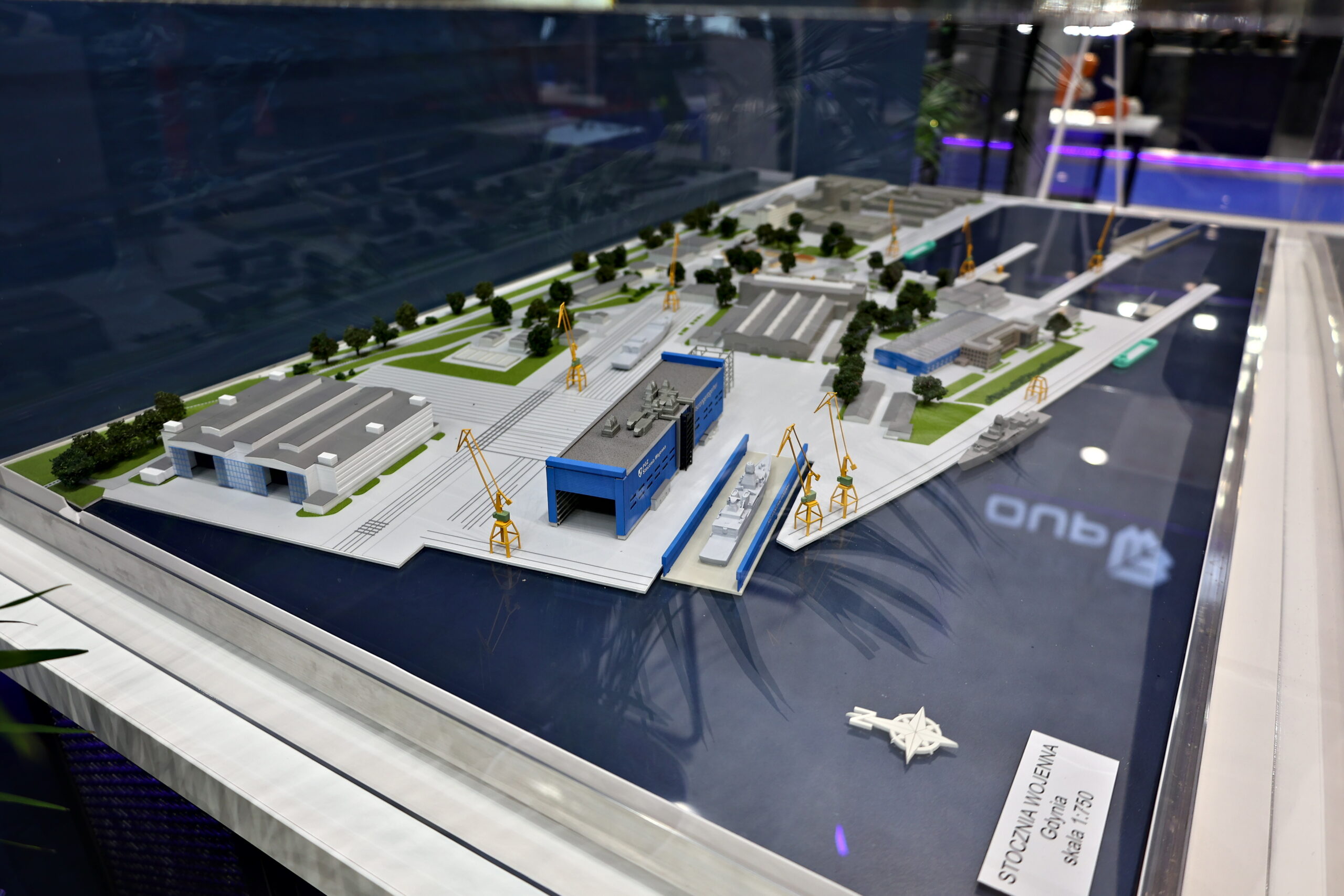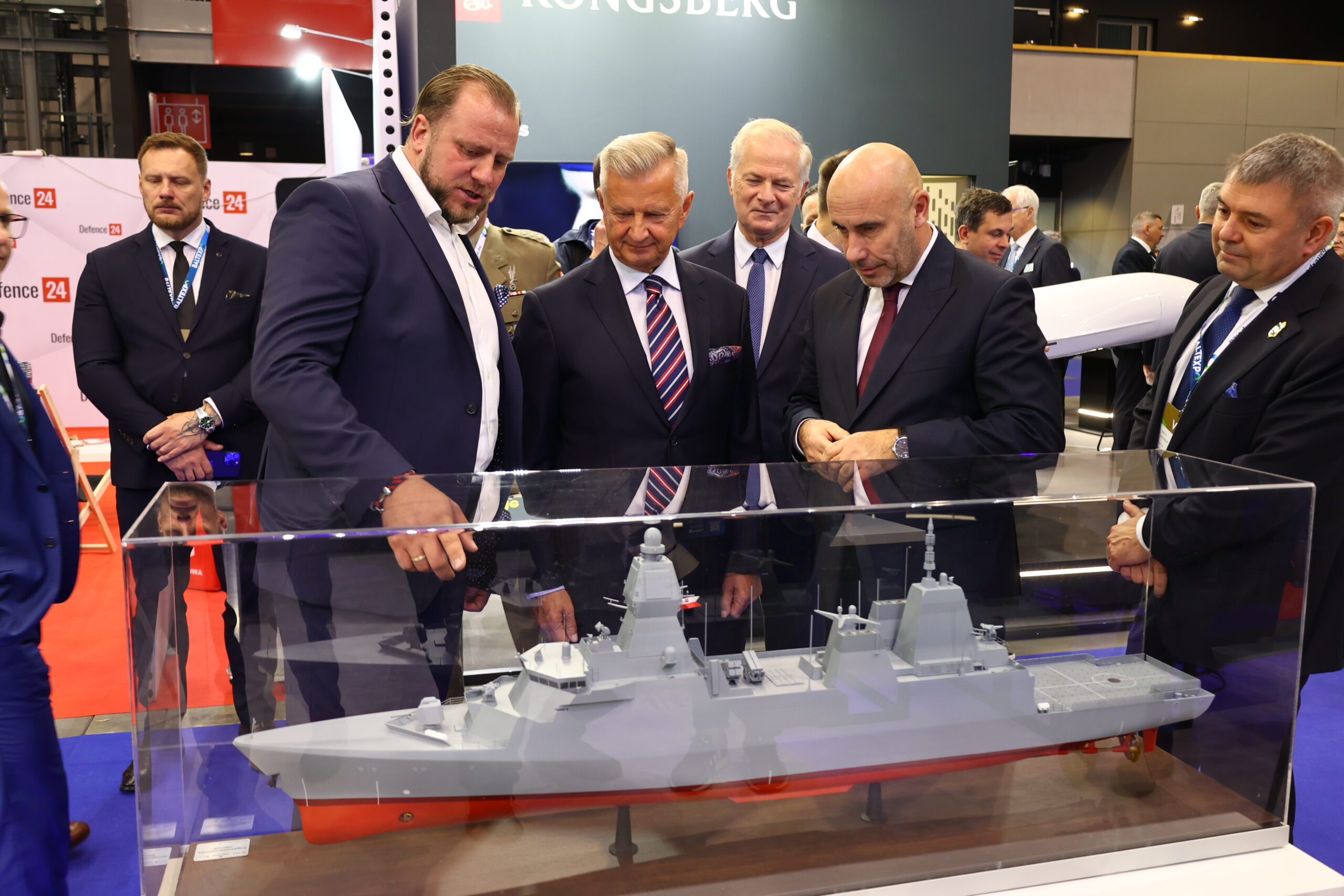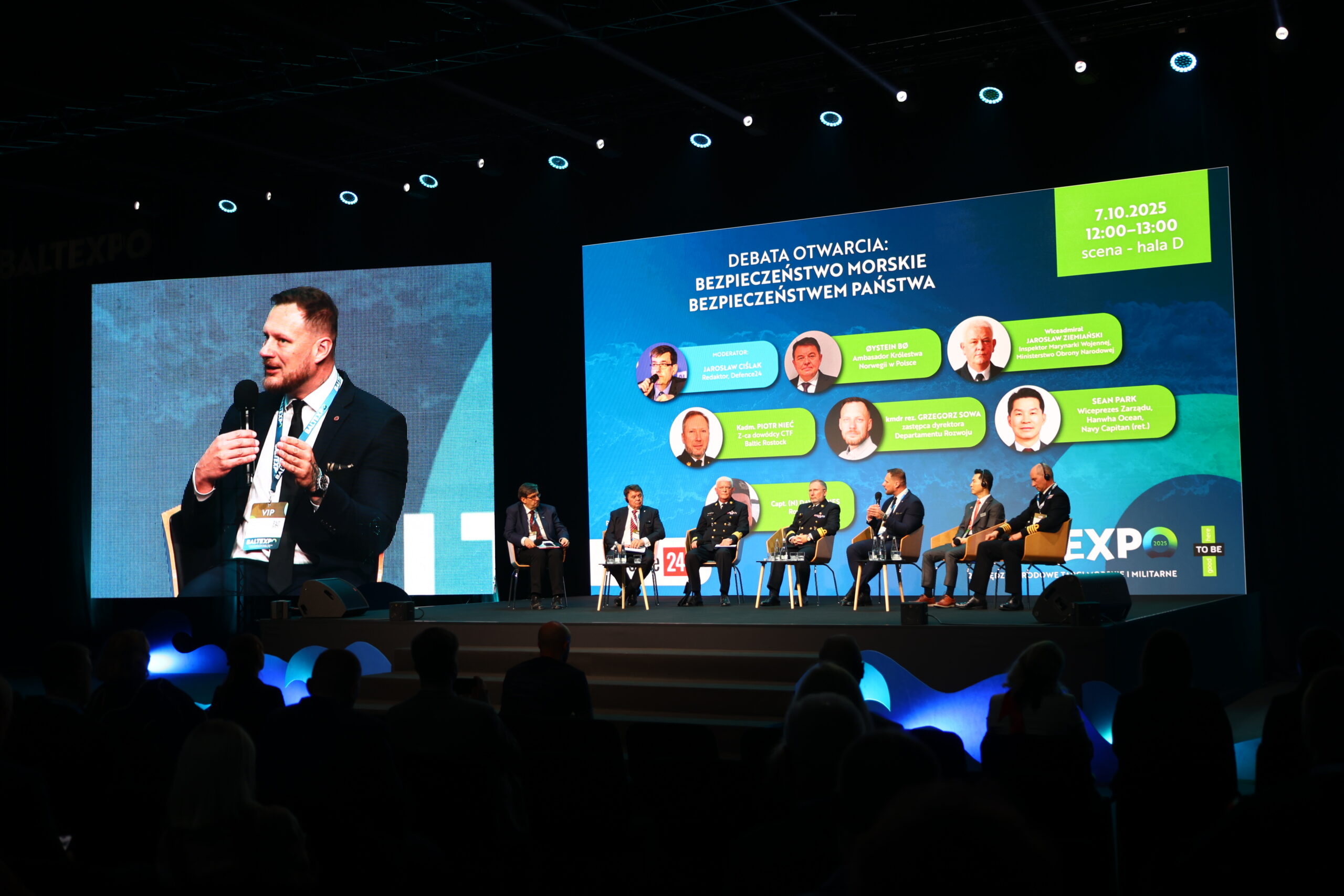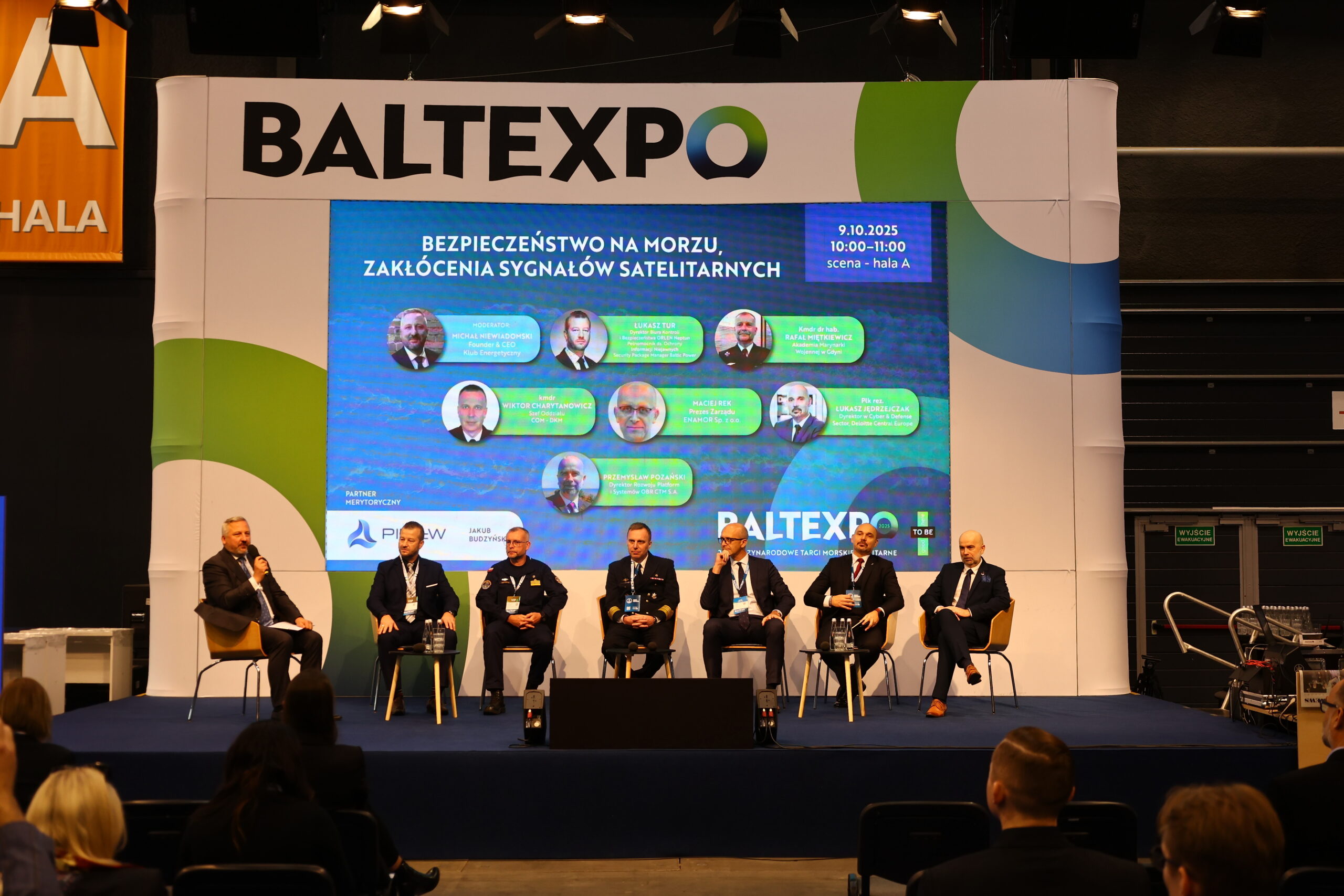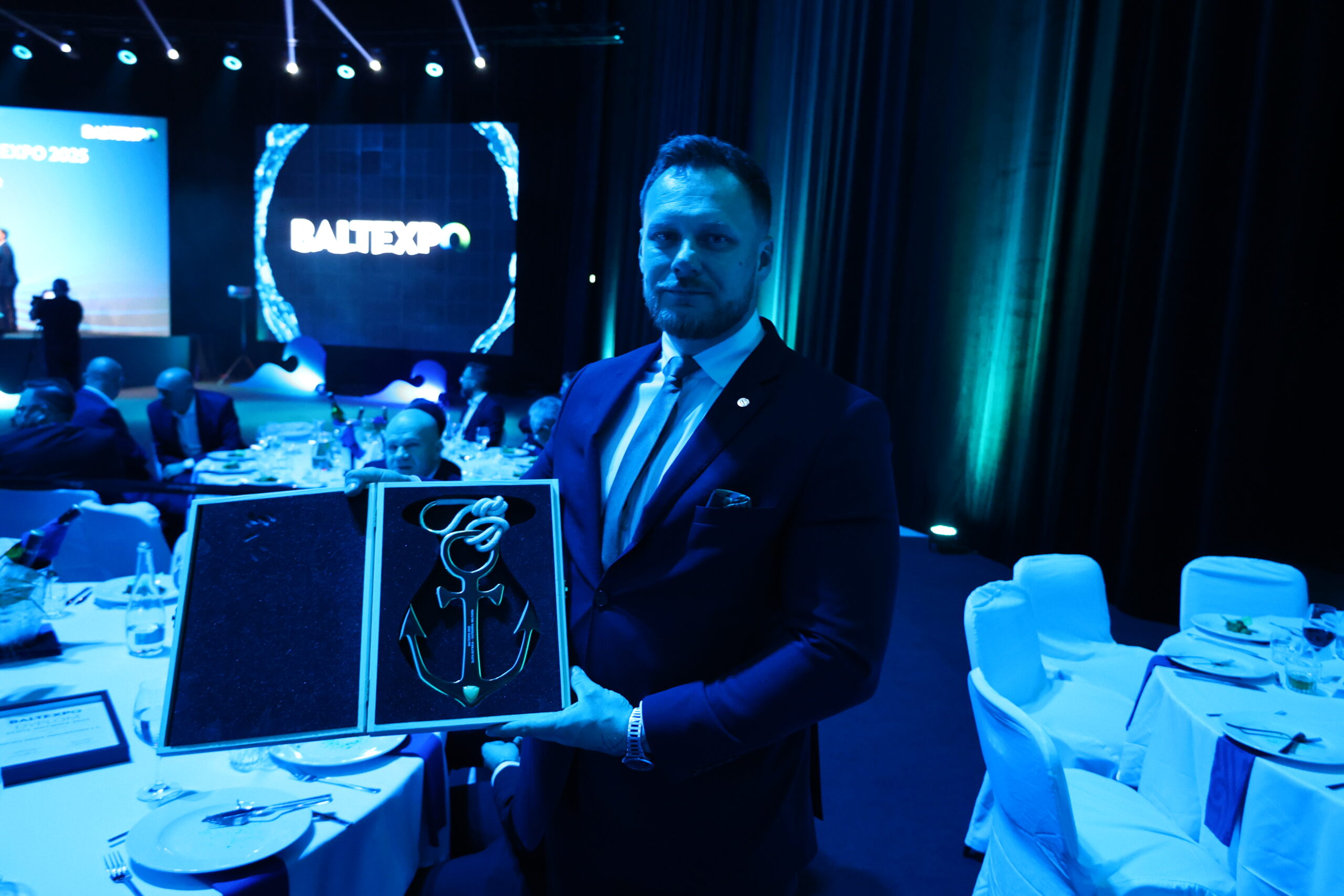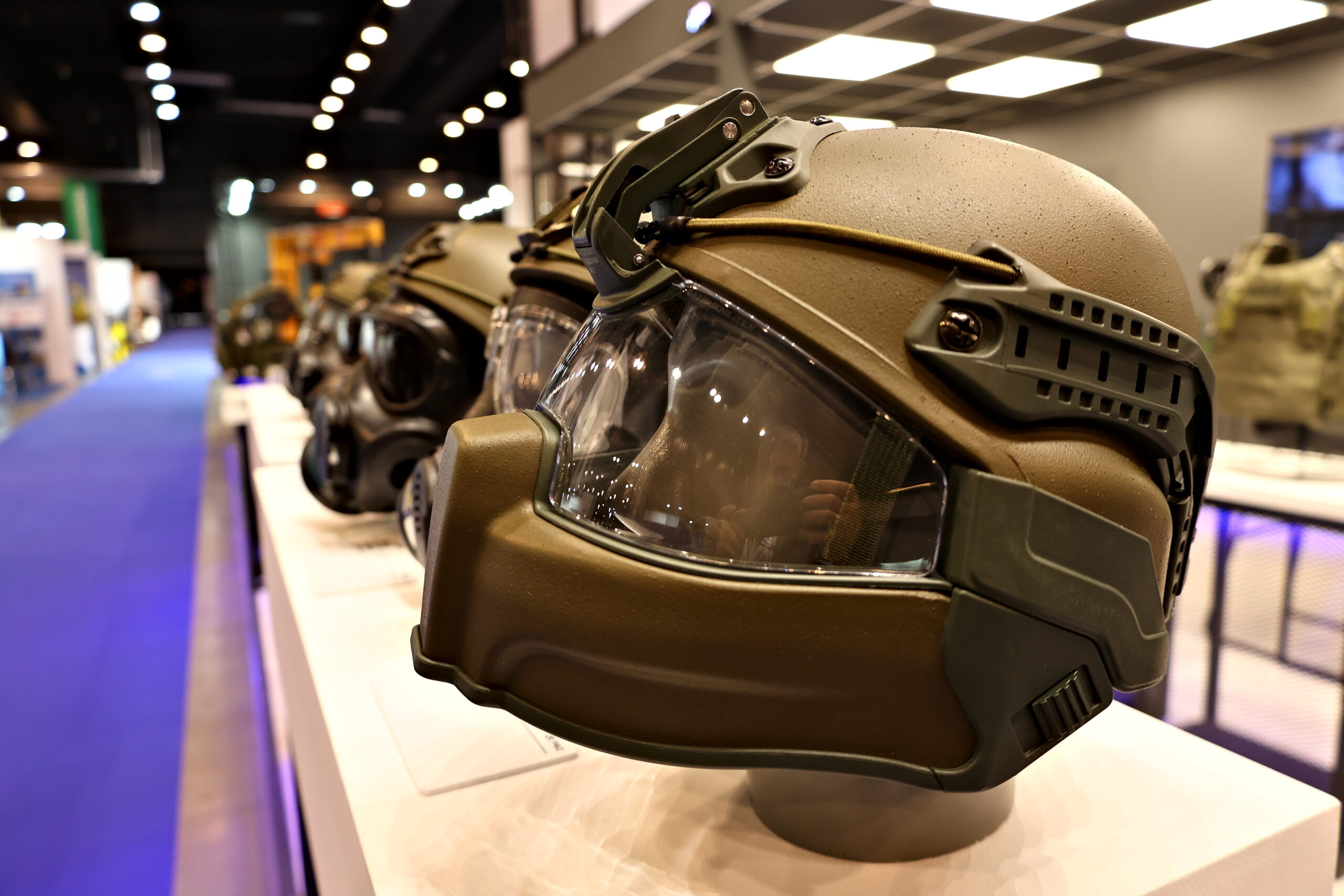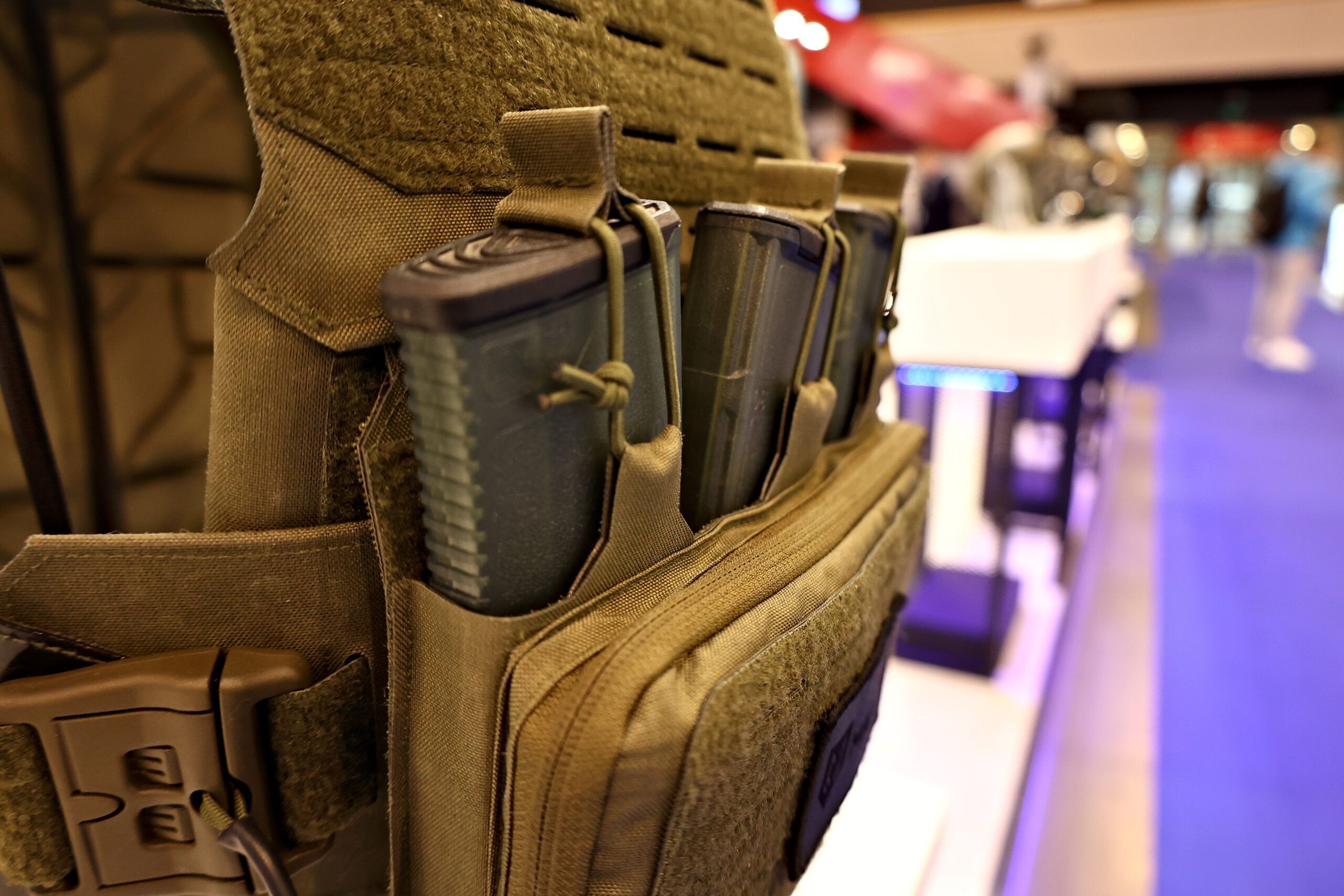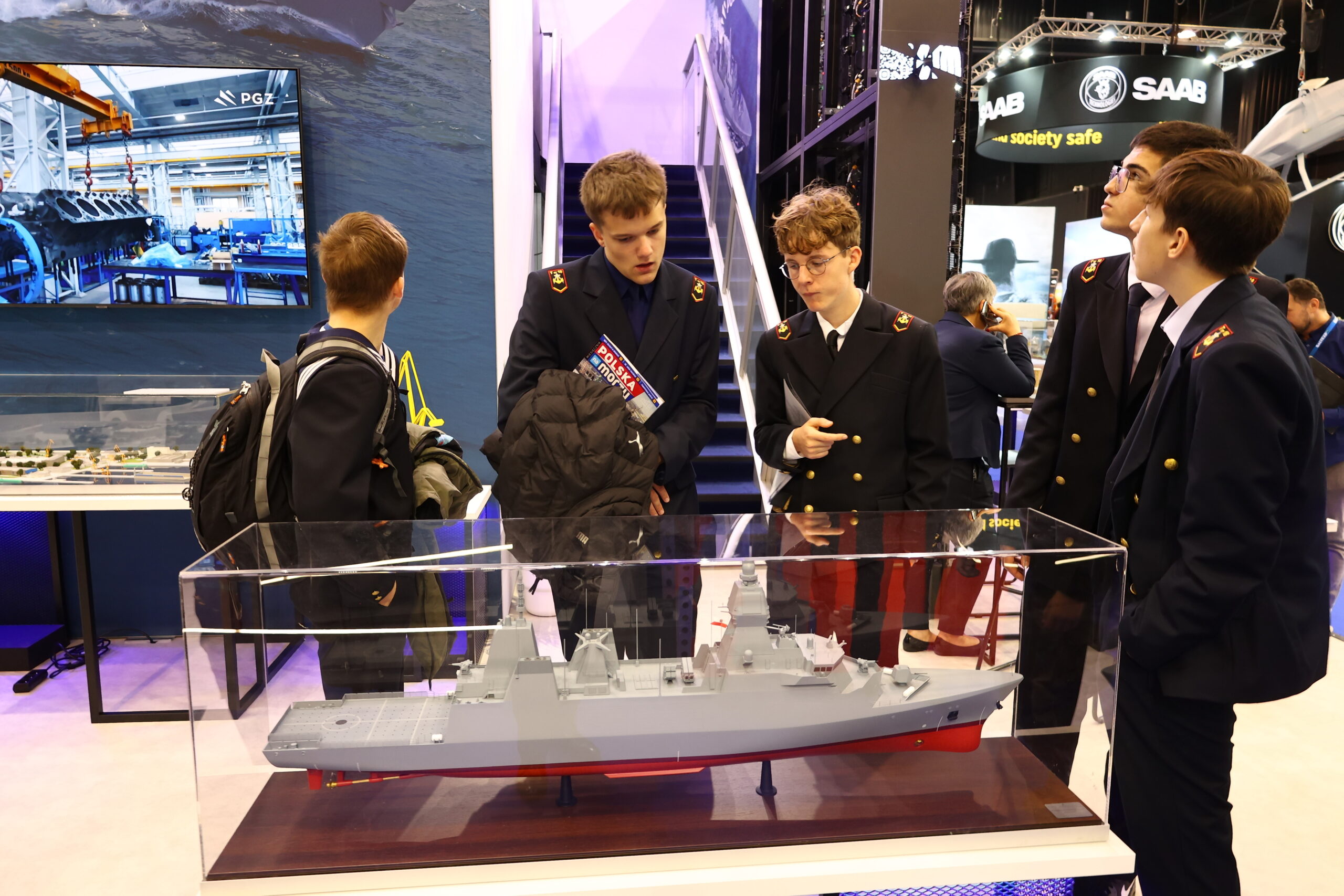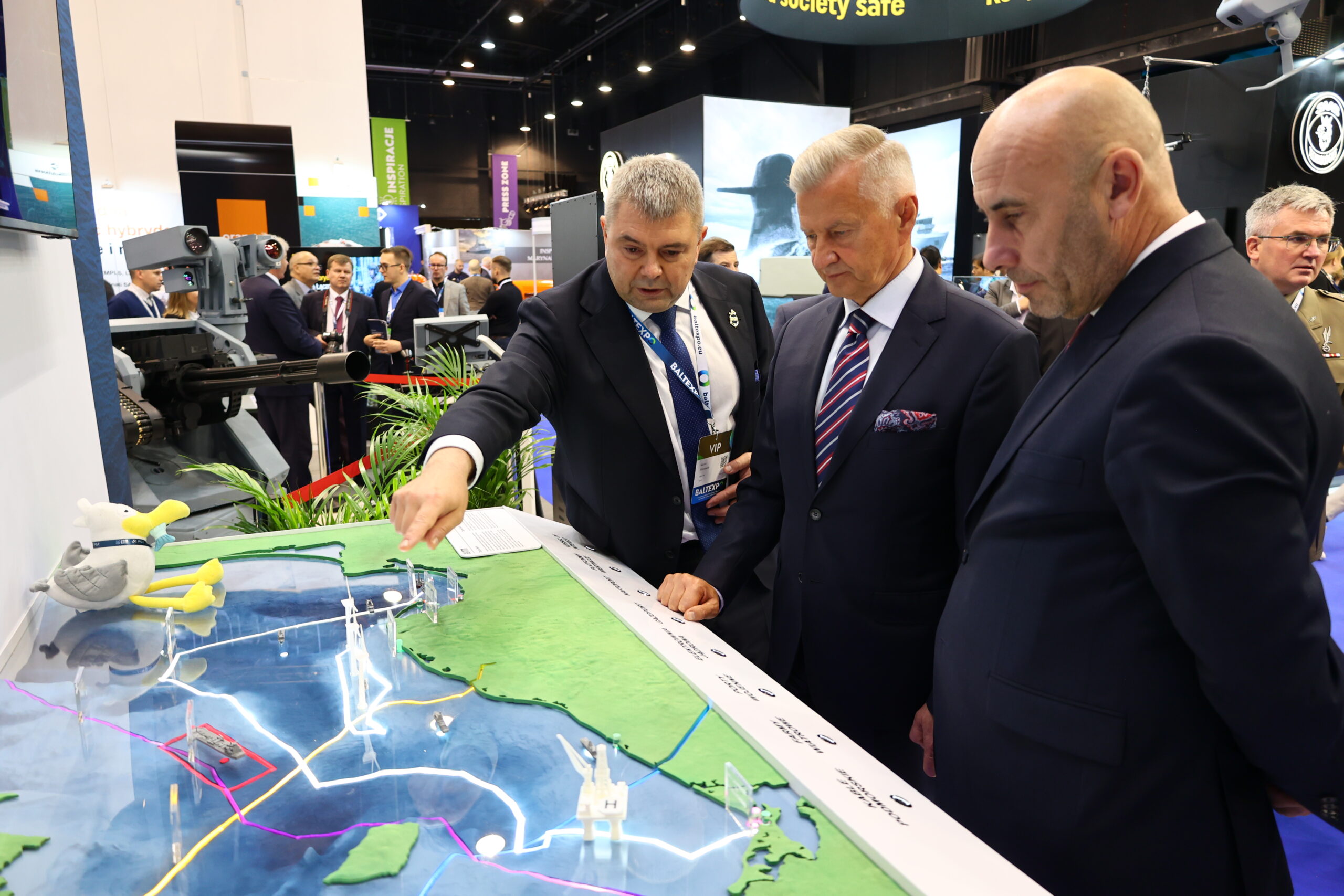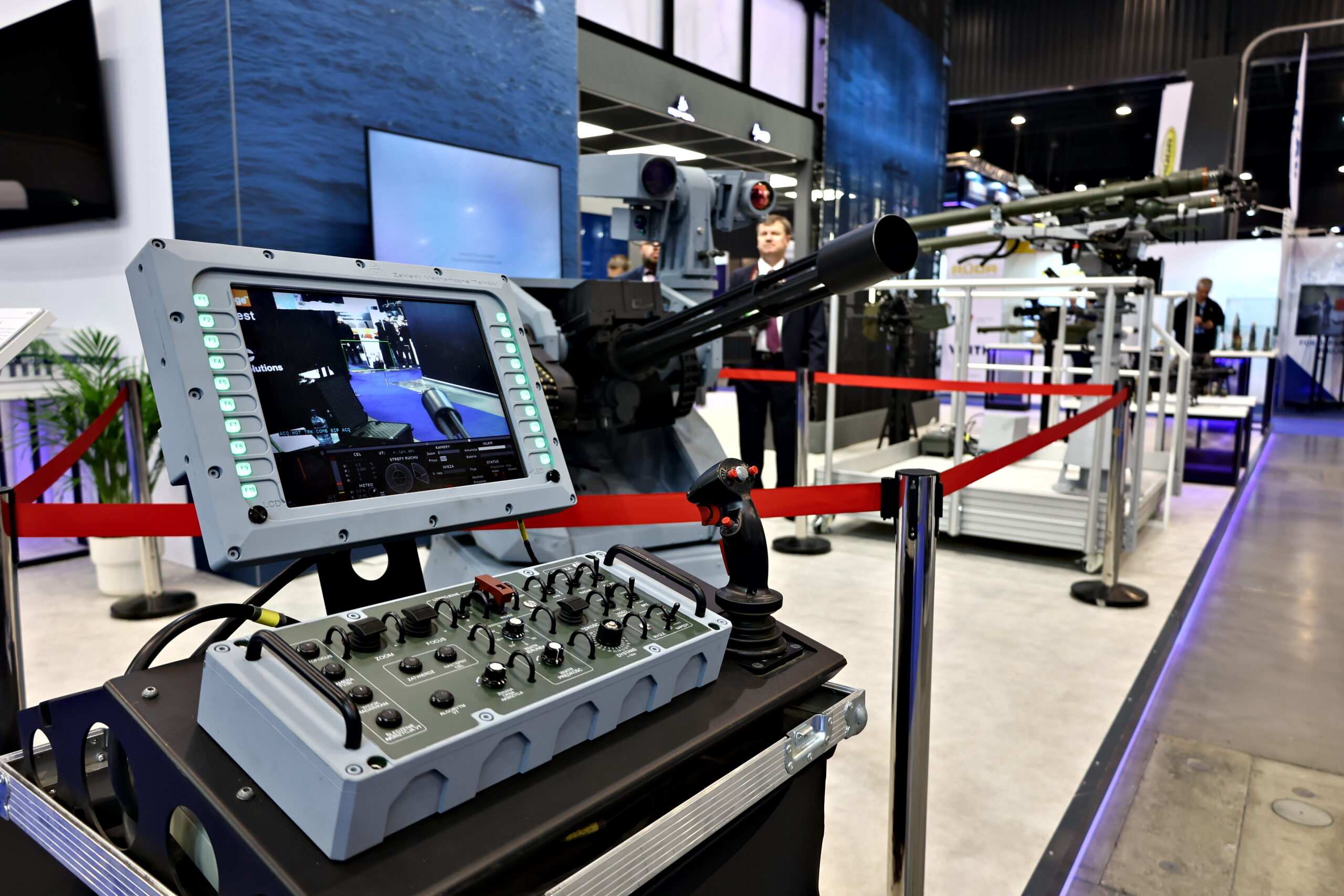At the joint exhibition stand, the following companies were showcased: Research and Development Center for Maritime Technology (CTM), PGZ Stocznia Wojenna, Zakłady Mechaniczne Tarnów, PSO Maskpol, Mesko, PCO, and PIT-Radwar. Also present was Remontowa Nauta Shiprepair Yard, which this year began celebrating the 100th anniversary of its founding.
During this year’s BALTEXPO, companies belonging to the Polish Armaments Group (PGZ) signed a number of important contracts, agreements, and letters of intent. On Wednesday, October 8, 2025, the Research and Development Center for Maritime Technology (OBR CTM), a leading Polish defense technology company specializing in maritime systems and situational awareness, signed two agreements. The first was with SATIM Satellite Monitoring Ltd., a Polish defense-tech startup and pioneer in the use of Synthetic Aperture Radar (SAR) imagery analysis enhanced by artificial intelligence. The cooperation will focus on integrating SATIM’s advanced software for the automatic detection and classification of objects in SAR radar imagery with OBR CTM’s Digital Baltic platform – a comprehensive maritime situational awareness solution. By combining the multisensor environment of Digital Baltic with SATIM’s automated satellite data analysis, the joint system will deliver a more complete and reliable maritime picture for end users in the Polish Ministry of National Defence as well as international partners. OBR CTM also signed a letter of intent with Enamor S.A. to further develop the Digital Baltic project. Enamor is a Polish company specializing in the integration of advanced technologies for the maritime and defense industries, as well as providing service, research, and design support. The company is an authorized representative of several leading global manufacturers of both civilian and military equipment and offers products in marine electronics, ship automation, ICT networks, and communication systems.
Also on Wednesday, another highly significant agreement was signed. PGZ Stocznia Wojenna (Naval Shipyard) and the German company Schottel – a manufacturer with over a century of tradition in the maritime industry – concluded a contract for an advanced propulsion system for the Ratownik (Rescuer) project vessel, which will be built at PGZ Stocznia Wojenna. Steel cutting is already scheduled for December this year. The chosen propulsion solutions will ensure maximum maneuverability during rescue operations and dynamic positioning. The vessel will be powered by two azimuth thrusters EcoPeller SRE 560 (2 × 2650 kW) with rotatable gondolas capable of turning 180 degrees, eliminating the need for additional rudders. The system offers high efficiency with low noise and vibration levels and integrates with a dynamic positioning system essential for diving operations. Two bow thrusters STT 3 (2 × 900 kW) provide precise control during port maneuvers and position holding, while a retractable SRP 260 thruster (880 kW), housed within the hull, serves as an auxiliary or emergency propulsion unit. It can operate as an economical drive in calm seas or assist in dynamic positioning. The entire propulsion system is adapted for operation in harsh conditions, including icy waters. The configuration was developed based on hull model analysis to achieve the desired performance with optimal energy consumption.
BALTEXPO also served as the venue for this year’s Arrowhead User Group meeting – a gathering of users and manufacturers of the Arrowhead maritime platform. The event was organized by the Royal Navy in cooperation with industrial partners, including Polska Grupa Zbrojeniowa (PGZ). It provided an opportunity for in-depth discussions between operational users, platform manufacturers, and maritime experts. Key topics included lifecycle management and operational use.
“This meeting clearly demonstrated how valuable and essential joint action by all stakeholders of the Arrowhead community is — to share experiences, align expectations, and shape the future together,” said Grzegorz Sowa, Deputy Director of the Development Department at PGZ, responsible for naval projects. “Our discussions on lifecycle management, operational use, and future platform design will influence not only PGZ’s contribution to the Miecznik program but also the evolution of Arrowhead-class ships worldwide.”
PGZ Stocznia Wojenna is currently building three 106-class frigates for the Polish Navy under the Miecznik program. These vessels are based on the British Arrowhead 140 design developed by Babcock International for the Royal Navy.
The PGZ booth attracted numerous distinguished guests. Among those who visited were Deputy Minister of National Defence Stanisław Wziątek, Brig. Gen. (Ret.) Andrzej Kowalski, Deputy Head of the National Security Bureau, and Lt. Gen. Adam Rzeczkowski, Director of the Department of Command over the Armed Forces and Uniformed Services. The PGZ Capital Group’s offer was also presented in detail to a group of defense attachés accredited in Poland – a highly valuable visit given PGZ’s export potential and the growing international interest in Polish-made defense systems.
BALTEXPO also featured a series of expert panels, in which specialists from the Polish Armaments Group (PGZ) took part. During the opening debate titled “Maritime Security as State Security“, Grzegorz Sowa, Deputy Director of the Development Department at PGZ S.A., participated as one of the speakers. The discussion focused on the key role of the navy and international cooperation in ensuring national security, the protection of critical infrastructure in the context of regional maritime challenges, as well as the latest solutions and challenges related to naval modernization and maritime defense systems.
“I am very glad that the Miecznik program is part of the security debate. Miecznik will be the effector, the tool that the Navy will be able to use to ensure our safety,” said Grzegorz Sowa.
“The Miecznik frigates are an extremely complex and comprehensive system. Considering that the Polish industry has not previously built ships of this class, this is a tremendous engineering, technological, logistical, and industrial challenge,” he emphasized. “Thanks to the involvement of all stakeholders, the construction of the Miecznik frigates is progressing according to plan. The first vessel, ORP Wicher, will be delivered for qualification tests in 2029, as scheduled,” added Mr. Sowa. He also noted that in the first week of December, the bow section will be transported from the Crist Shipyard to PGZ Stocznia Wojenna’s hull assembly hall.
Participants in the debate also discussed cooperation within NATO as well as with the civilian sector, stressing the need for an integrated approach to maritime defense and critical infrastructure protection. An important part of the discussion was the effort to develop recommendations for improving the coordination of activities in the field of maritime security.
The next discussion panel focused on the role of the Miecznik program for Polish industry. The complexity of this project makes it one of the most unique undertakings in the history of Poland’s shipbuilding sector and the Armed Forces of the Republic of Poland. At the same time, it presents a major opportunity to acquire new competencies and experience, enabling Polish companies to enter foreign markets. The Miecznik program strengthens not only Poland’s defensive capabilities but also contributes to economic growth and increases the innovation potential of domestic enterprises. Piotr Jaszczura, Director of the Miecznik Program Office, highlighted the gradual acquisition of skills by Polish industry as part of the frigate construction process, and later the development of competencies for the operational maintenance of these ships. He also stressed the importance of partnerships with strategic allies.
“In terms of the platform, we have a partnership with Babcock, and we are systematically acquiring the know-how for managing ship construction. This is something that will stay with us. It doesn’t necessarily mean that we’ll be exporting Miecznik frigates in the near future, but we will certainly become a significant potential partner in building ships of this class,” emphasized Piotr Jaszczura. “Speaking about the operational capabilities of the Miecznik frigates, he also pointed out their role in air defense, particularly in light of the partnership with MBDA to develop the future FCM missile. Achieving the capability to operate as an air defense vessel equipped with such an advanced effector, with a major contribution from the Polish defense industry, is a truly important milestone that will bring substantial benefits to the entire country,” said Piotr Jaszczura.
On Wednesday, October 9, a panel discussion titled “Safety at Sea: Satellite Signal Disruptions” took place, featuring Przemysław Pozański, Director of Platform and Systems Development at OBR CTM. In his remarks, he emphasized the importance of the Digital Baltic platform in building situational awareness in the Baltic Sea region, which – as stressed by participants – has become a hotspot for navigation and communication system disruptions caused by the Russian Federation, despite being a strategic maritime area for Europe’s future security.
BALTEXPO also served as an excellent opportunity for career development in the maritime and defense industries. On Thursday, the Education, Career, and Employment Day was held. As the maritime economy and defense sector around the Baltic continue to grow, a key challenge has emerged: how to effectively connect companies seeking skilled personnel with individuals wishing to build their future in these industries. The PGZ Capital Group’s joint exhibition stand drew large numbers of students from maritime and uniformed schools. Particularly popular were the Zakłady Mechaniczne Tarnów display showcasing small arms, and the PGZ Stocznia Wojenna, recognized as one of the region’s most respected employers.
During the gala ceremony of the 23rd International Maritime and Military Exhibition BALTEXPO in Gdańsk, the prestigious Golden Anchors (Złote Kotwice) were awarded. These honors recognize companies and institutions whose activities or achievements have made, or could make, a significant contribution to economic development. This year, two of these distinguished awards went to the Polish Armaments Group (PGZ) – in the “Military” and “Shipbuilding Industry” categories. Both awards were granted for the 106-class frigates being built at PGZ Stocznia Wojenna under the Miecznik program. The awards were accepted by Grzegorz Sowa, Deputy Director of the Development Department at PGZ and a reserve officer of the Polish Navy. The Golden Anchors are presented in five main categories: Shipbuilding Industry, Offshore, Infrastructure, Military, and Innovation, as well as two special ones: Startup and Personality of the Maritime Economy. These awards celebrate industry leaders whose achievements set new standards and inspire further progress.
At the joint PGZ Group exhibition, PSO Maskpol showcased a range of its products, including ROCK-series ballistic vests, KKZ-01 and TMP-02 vests, MP-6 and MP-5 gas masks, HP-05, HP-04, and LHO-01 ballistic helmets, as well as combat uniforms manufactured by the company.
Mesko showcased its small- and medium-caliber ammunition, as well as its export bestseller – the Piorun man-portable air defense system (MANPADS), designed to engage helicopters, aircraft, unmanned aerial vehicles, and cruise missiles. The Piorun has proven its combat effectiveness in the hands of Ukrainian soldiers fighting against the Russian invader.
PCO presented a range of advanced optoelectronic systems, including MU-3ADM night-vision goggles, PNL-2ADM and PNL-3X lightweight night-vision goggles, the MT-1 thermal monocular, NPL-1T Agat and NPL-1M thermal binoculars, the Wolt-1 multifunctional thermal observation binoculars, and the PCS-20MD night-vision weapon sight.
PGZ Stocznia Wojenna exhibited 1:100 scale models of the Project 106 frigate under construction as part of the Miecznik program, the Project 207 minesweeper, and the ORP Ślązak patrol corvette. Visitors to BALTEXPO could also see a detailed mock-up of the shipyard grounds, which have undergone a remarkable transformation in recent years thanks to extensive infrastructure investments. A 3D multimedia presentation of the Miecznik frigate was also available.
Warsaw-based PIT-Radwar showcased the Tuga radar station and the OSU-35K naval armament system. Tuga is a 4D radar with an AESA antenna that leverages the advantages of FMCW technology. It is designed to detect and track aircraft, helicopters and unmanned aerial vehicles. It locates targets by measuring three spatial coordinates and radial velocity. The radar’s operating modes and parameters are defined in software, allowing its capabilities to be tailored to the requirements of the target application and missions. The compact panel design enables use as a portable radar or integration with mobile platforms or fixed installations.
The OSU-35K Naval Armament System is a modern, effective, remotely operated, multi-role, close-in air-defense artillery system equipped with an automatic 35 mm gun and its own electro-optical fire-control suite. It enables engagement of a variety of threats with high hit precision. The system is intended for combat use day and night and in all weather conditions in which the vessel carrying the OSU-35K operates. It was designed both to operate in cooperation with a shipborne Combat Management System (CMS) and to function autonomously, independently of a CMS.
The Gdynia-based Research and Development Center for Maritime Technology (OBR CTM) presented, among other exhibits, a model of Digital Baltic – software designed for geospatial data management within a defined area, integrating multiple data sources, both public (e.g., AIS) and private (such as satellite imagery or user-provided information). The Digital Baltic platform supports the user by implementing detection algorithms, both classical and machine-learning/AI-based. This enables users to make decisions faster and on the basis of higher-quality input data. The AI/ML-generated data are available across all operational domains but are clearly distinguishable from raw data for transparency and reliability.
Zakłady Mechaniczne Tarnów showed, among other items, the RGP-40 revolver-type grenade launcher, the WKM-B heavy machine gun, the UKM-2020S universal 7.62 mm general-purpose machine gun, and a modified 7.62 mm UKM 2000C zmod. Visitors’ attention was also drawn to the Shipborne Launcher for Man-Portable Air-Defense Systems (MANPADS) “Tajfun” and an anti-UAV (counter-drone) system designed to counter airborne unmanned vehicles. The remotely operated turret combines an electro-optical sensor head with a stabilized 12.7 mm WLKM multi-barrel machine gun to provide fire-support capability. The system is intended for rapid detection, tracking and engagement of unmanned aerial vehicles — from nano-drones (detectable by radars up to 3.5 km) to larger airborne targets such as fixed-wing aircraft and helicopters within weapon range.


